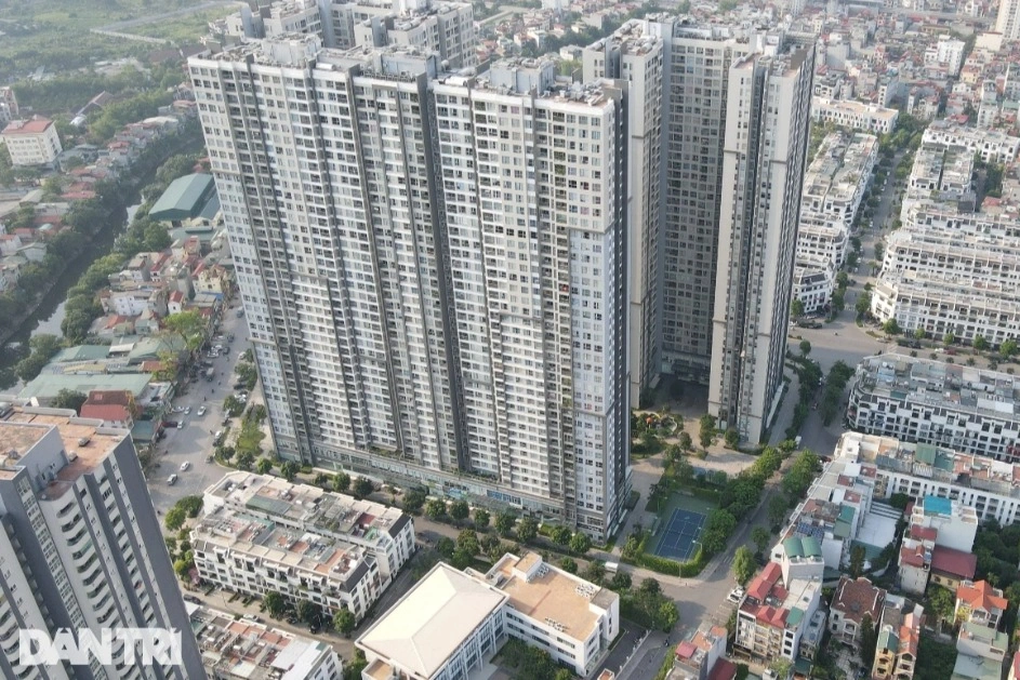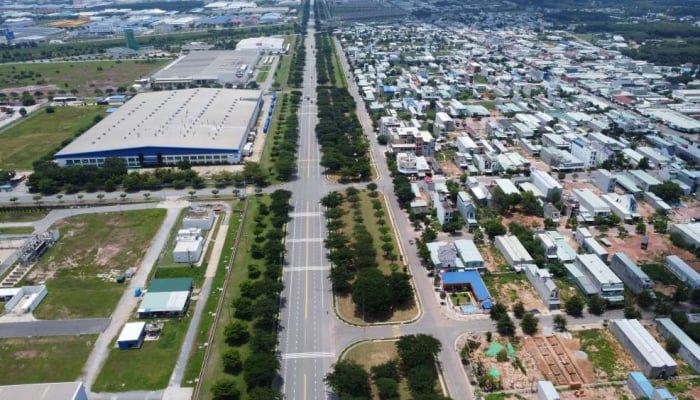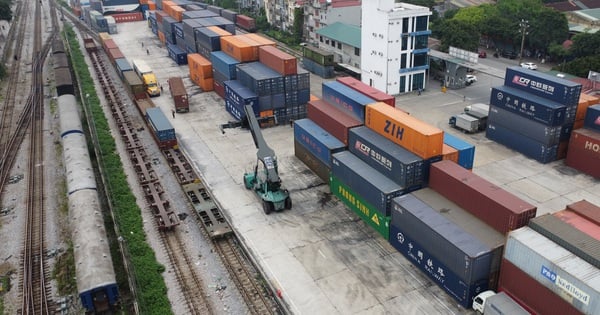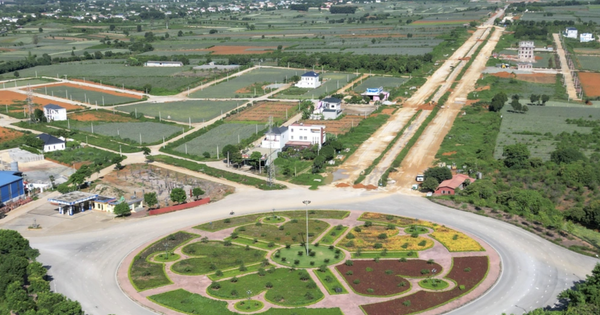Buying and renting real estate is a popular form of real estate investment in Vietnam today. Investors often receive many benefits from this type of business due to its stable profit potential and the ability to accumulate assets over the long term.
However, investing in rental properties also carries certain risks. Even though you own the house, it is not always easy to find tenants or get a stable cash flow from renting. In addition, management, maintenance, repair costs, etc. can also affect the investor's profits.
So is there a way to determine whether a property is worth investing in for rent? BiggerPockets - the largest real estate investment social network in the US - reveals the 2% rule to help investors quickly evaluate potential real estate deals.
Apply the 2% rule
The 2% Rule is a simple yet effective tool used to roughly assess the earning potential of a rental property. According to this rule, the monthly rental income of a property should be equal to or greater than 2% of the purchase price of the property to be considered a good investment.
First, you need to determine the amount of money you need to spend to own the property, including costs related to taxes, brokerage services. Next, you need to calculate the expected income from renting.
You can collect this data yourself or through professional real estate brokerage firms.
If the monthly rental income is equal to or greater than 2% of the purchase price, the property has the potential to be a good investment.
If the monthly rental income is less than 2% of the purchase price, the investment may not yield the expected return. If you still want to invest in this property, you will need to adjust the rental price or reduce operating costs to achieve the desired rate of return.
For example, let's say you buy an apartment for 2 billion VND, according to the 2% rule, the minimum monthly rental income to ensure a good profit is 40 million VND.

A real estate area in Hanoi (Photo: Tran Khang).
If the rental cash flow reaches 50 million VND/month, it shows that this is a potential investment. On the contrary, if the rental price only reaches 30 million VND/month, you need to consider adjusting the rental price or reducing costs to achieve the desired rate of return.
However, the 2% rule is only a rough measure and does not guarantee absolute accuracy for the profit potential of any property. Many other factors affect the actual return on real estate investment. For example, monthly rental cash flow depends on the type of property, location, size and amenities, and market conditions.
Some other alternative tools
The 2% rule is a simple and popular tool used by many investors to quickly determine the profitability of a rental property. However, this is just a general rule and you still need to analyze more carefully when deciding to invest. You can use some other methods to have a more diverse perspective before investing.
The first is the Gross Rent Multiplier (GRM). This measure calculates the ratio between the purchase price of a property and the total annual rent. For example, if a property costs 3 billion VND and the total annual rent is 300 million VND, the GRM is 10. Generally, a lower GRM indicates a more attractive investment opportunity. However, the downside of this tool is that it does not take into account operating costs.
The second is Net Operating Income (NOI). This metric calculates the property’s annual profit after operating expenses are subtracted before taxes and mortgage payments. NOI provides a clearer picture of the property’s profitability. If the NOI ratio is positive, the property is generating enough rental income to cover operating expenses.
The third is Cash Flow Analysis. Not only focusing on rental income, cash flow analysis also considers all cash flows including operating costs, interest, taxes, etc. Positive cash flow is an important factor to maintain liquidity and ensure sustainable profits.
The fourth is the Capitalization Rate (Cap Rate). This metric calculates the annual rate of return on a property's total investment. The Cap Rate is calculated by dividing the NOI by the property's purchase price. A higher Cap Rate indicates a better investment opportunity but usually comes with higher risk.
The fifth is Future Value Analysis. Instead of focusing only on current profits, consider the future value of the property. However, this method often requires experience and knowledge of real estate.
By combining these alternatives, investors can build a comprehensive investment strategy to make more comprehensive and informed investment decisions.
Source: https://dantri.com.vn/bat-dong-san/mua-nha-cho-thue-de-sinh-loi-tot-meo-kiem-tra-nhanh-20240613105018738.htm





![[Photo] Overcoming all difficulties, speeding up construction progress of Hoa Binh Hydropower Plant Expansion Project](https://vstatic.vietnam.vn/vietnam/resource/IMAGE/2025/4/12/bff04b551e98484c84d74c8faa3526e0)

![[Photo] Closing of the 11th Conference of the 13th Central Committee of the Communist Party of Vietnam](https://vstatic.vietnam.vn/vietnam/resource/IMAGE/2025/4/12/114b57fe6e9b4814a5ddfacf6dfe5b7f)





















































































Comment (0)